
Agersoe Cattle
- Home
- Our work
- Farm animals
- Nordic native breeds
- Agersoe Cattle
Origin: Denmark
Danish name: Agersøkvæg
Weight: 300kg
Height: 100cm
Colour: Slender and angular, yellow, red, brown, black, and variegated
Type: Combination breed
Number of offspring: 1
Number of cows in Denmark, 2017: 98
Not at Risk – Vulnerable – Endangered – Critically Endangered – Extinct
History:
In the 1990’s a herd of different looking cattle was discovered on the Danish island Agersø. The island is located between Sealand and Funen. The population reminded of descriptions and deprictions of the Island cattle on paintings from the Golden Age, that lasted from app. 1800-1850. Like the Island cattle, the Agersoe cattle showed large variation in colour, shape and size. However, overall, the animals were small, angular, and slender. In 2004, a genetic analysis showed that the Agersoe cattle was closer related to the native Danish breed, Danish Red anno 1970, than Jutland cattle. This is consistent with Danish Red, descended from the Island cattle, and was widespread in Scania and on the eastern islands in Denmark, in the 19th century, while Jutland cattle was widespread in Jutland.
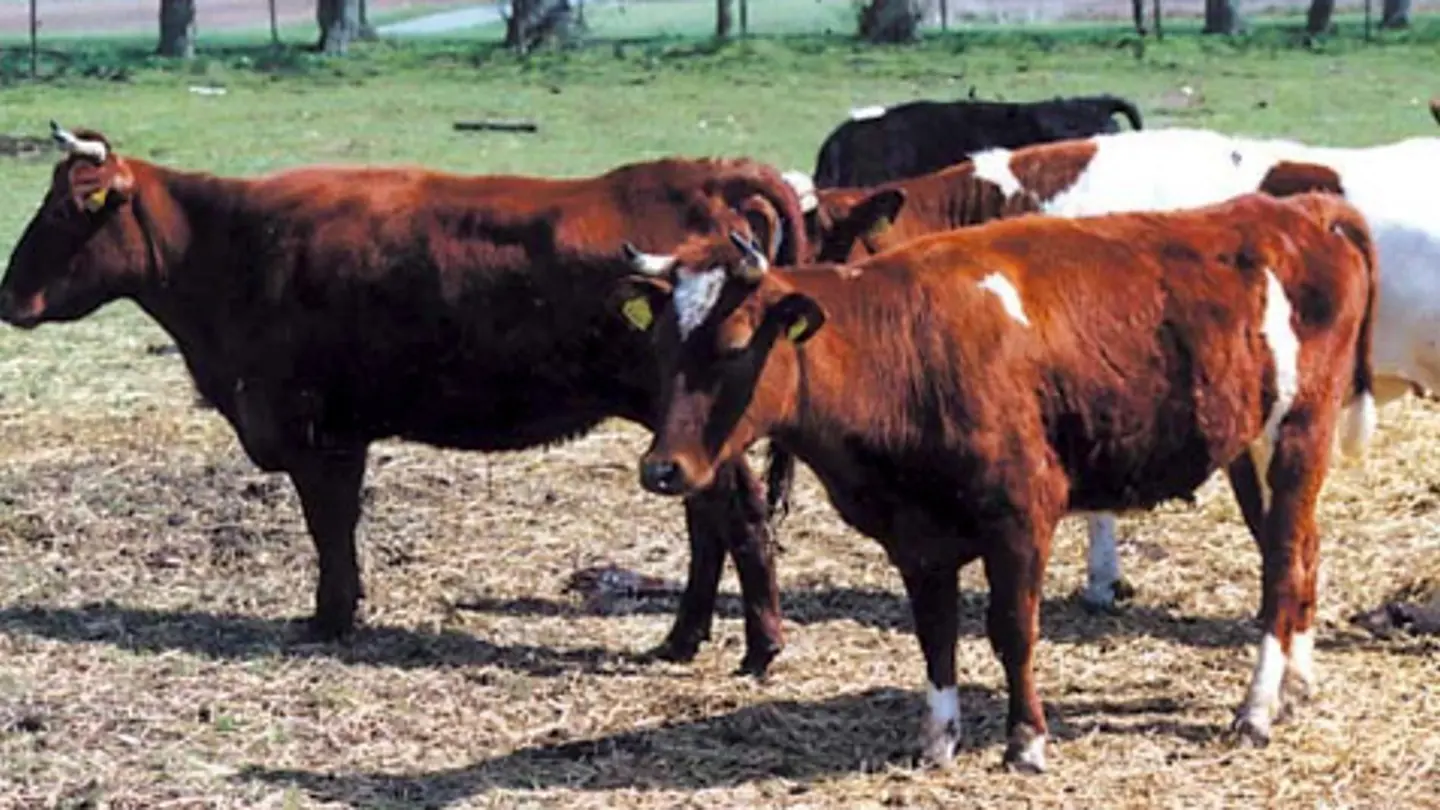
The reason why people did not become aware of the Agersoe cattle earlier was that the Island cattle were known to be inferior to other breeds. Thus, people had little interest in the breed, which is why the breed to a large degree was outcrossed with primarily Angler cattle – later with both Ballum and Schleswig cattle to form Danish Red in 1878 – today called Danish Red anno 1970.
Conservation:
The Agersoe cattle is registered as a native breed in Denmark, which should be conserved. This means that it is possible to apply for animal subsidies. The applications are processed by the secretariat of the advisory Conservation Committee for Danish Animal Genetic Resources for native Danish livestock, also known as the Conservation Committee, and it was established in 2013 by the Ministry of Environment and Food. The committee must advise the Ministry of Environment and Food on issues on conservation of genetic resources in native Danish livestock. The committee is not involved in specific breeding. Thus, the survival of the breed depends on engaged owners willing to house the breed and act in breeding.
Characterization:
Research activities characterizing the breed is an important part of conservation. Through characterization we learn whether the breed possesses unique characteristics we may need in securing future food production. NordGen conducted a study, covering 6 different categories of characterization, showing that until 2019 only one easily accessible study had been performed. The specific study investigated genetic variation within the Agersoe cattle and their kinship to 14 other European cattle breeds, amongst them Danish Red and Jutland cattle. Since no other characterization studies were found, there is still a great need to characterize Agersoe cattle’s phenotypic characteristics, genetic diversity as well as socio-economic importance, so that we are better off in conservation of the breed.
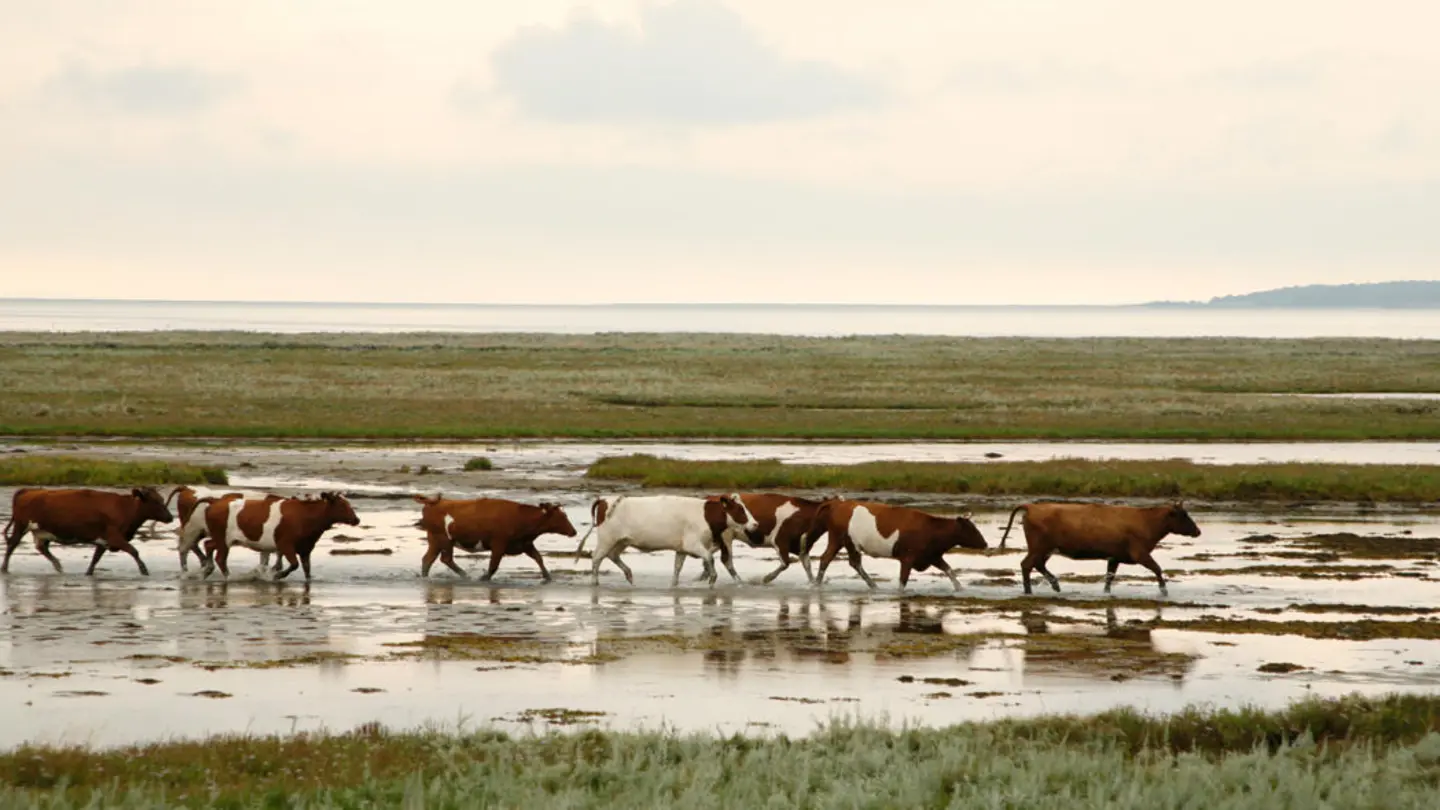
References
Landbrugsstyrelsen. (2020). available online: https://lbst.dk/landbrug/genetiske-ressourcer/husdyrgenetiske-ressourcer/ accessed 1st of May 2020
Kierkegaard, L.S., Groeneveld, L.F., Kettunen, A., Berg, P. (2020). The status and need for characterization of Nordic animal genetic resources, Acta Agriculturae Scandinavica, Section A — Animal Science, 69:1-2, 2-24, DOI: 10.1080/09064702.2020.1722216
Sørensen, L.H. og Nielsen, V.H. (2017). Danske Husdyrgenetiske ressourcer. DCA rapport, nr. 100. DCA – Nationalt Center for Fødevarer og Jordbrug, Aarhus Universitet
Withen, K. B., Brüniche-Olsen, A., Pedersen, B. V., European Cattle Genetic Diversity Consortium & Gravlund, P. (2011). The agersoe cattle: The last remnants of the Danish Island cattle (Bos Taurus)? Journal of Animal Breeding and Genetics 128(2), 141–152. doi:10.1111/j.1439-0388.2010.00883.x.
Read more about our other native breeds
-
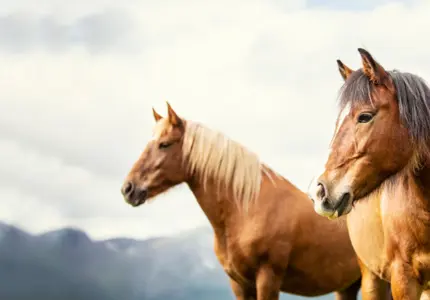
Nordland/Lyngen Horse
The first known and documented exhibition where this breed participated, was in 1898 at Lyngseidet in Troms. In the 1930s, organized breeding of Nordland/Lyngen horses started.
Read more about the breed
-
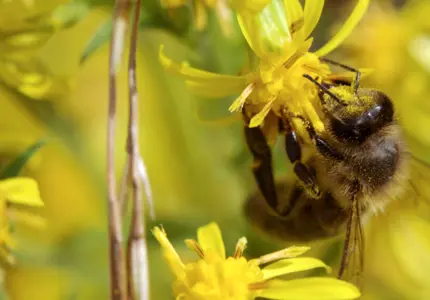
The Nordic brown bee
Honey bees are threatened by intensive agriculture, habitat loss and climate changes worldwide and are important to conserve, not only due to their honey production but also due to their pollination services.
Read more about the breed
-
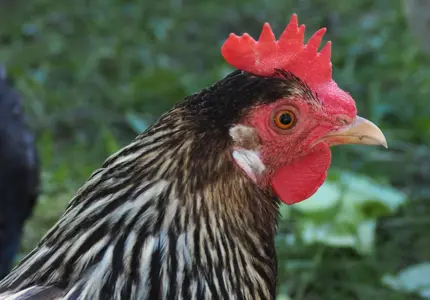
Finnish Landrace Chicken
In 1974, the agricultural advisory agency collaborated with Seiskari and published a call to find remains of the Finnish landrace chicken. As a result, one flock was found in South-East Finland. This family line was named after its geographical location as “Savitaipaleenkanta”.
Read more about the breed